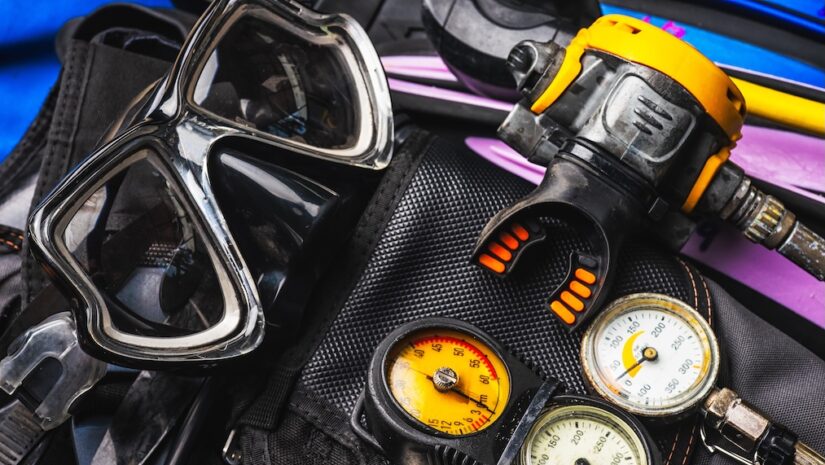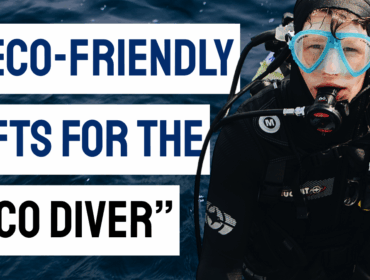Every diver ends up building their kit a little differently, and that’s exactly how it should be. The gear that feels right in tropical waters may not serve you well in a cold quarry, and what works for a new diver won’t always suit someone with hundreds of dives under their belt. Putting together a dive kit isn’t just about ticking items off a checklist. It’s about shaping your equipment to match the way you dive.
A custom kit improves safety, comfort, and confidence underwater. The basics will always be there, mask, fins, regulator, BCD, but the details are what make it personal. In this guide, we’ll
take you through the core pieces of scuba gear, how to adapt them to different environments, and what backups are worth carrying so you’re ready for anything.
The Core of Every Dive Kit: Essential Gear
At the heart of every dive kit are the same building blocks. These are the pieces you won’t leave the surface without, no matter where you’re diving. The trick is finding versions that fit you properly and suit the type of diving you’ll be doing.
A good mask is non-negotiable. If it doesn’t seal to your face, you’ll spend the whole dive clearing it instead of enjoying the view. Pair it with fins that match your kicking style. Some divers prefer stiff blades for power, while others like the ease of split fins for long, steady swims. A snorkel isn’t needed once you’re underwater, but it can make surface swims and choppy entries far less stressful.
Exposure protection is all about matching the water. In warm seas, a simple wetsuit may be enough, but in colder climates, drysuits, gloves, boots, and a hood can make the difference between a fun dive and a miserable one.
Your buoyancy control device (BCD) ties everything together. Whether you go for a jacket style or a backplate-and-wing setup often comes down to personal preference. The important thing is comfort, fit, and making sure you know how to use its features.
Then there’s your regulator system – the real lifeline of the dive. A reliable first stage, a comfortable primary second stage, and a well-placed alternate air source are essential. Many divers add either analog gauges or a dive computer here, which keeps track of depth, time, and no-decompression limits in real time.
Finally, think about your weight system. Integrated pockets can feel streamlined, but a classic belt is simple and reliable. Either way, you’ll want something you can ditch quickly if needed.
These essentials form the backbone of your kit. Once you’ve got these dialed in, the rest is about tailoring gear to your environment and personal preferences.
Building Around Your Environment
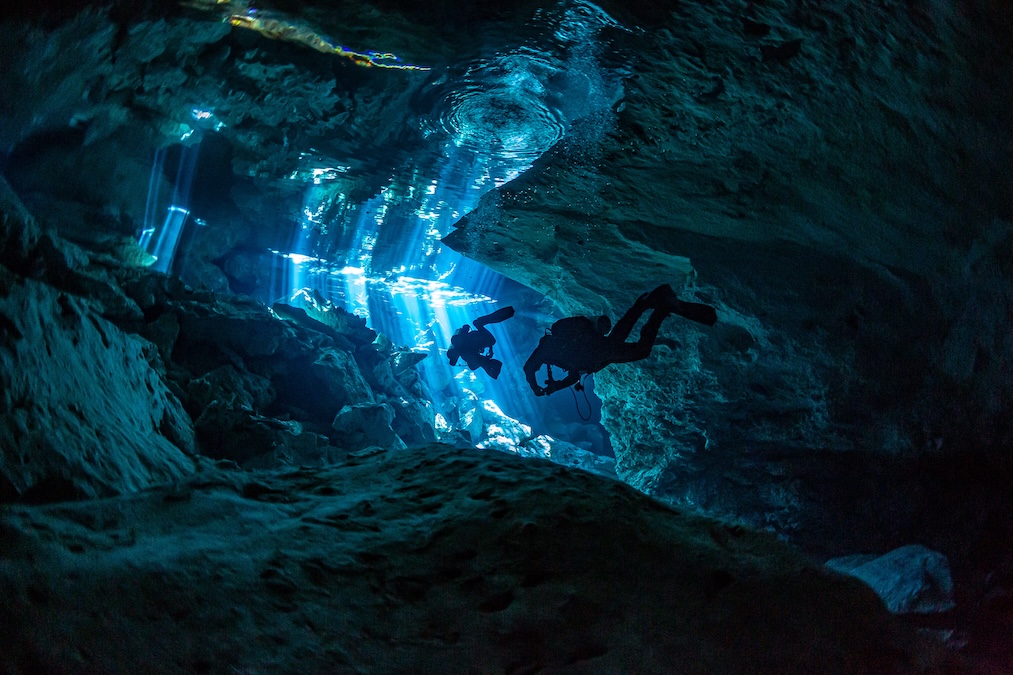
No two dive sites are the same, and your kit should reflect that. The setup that feels perfect on a drift dive in Cozumel will leave you freezing in a British quarry, and what works in a calm lake won’t necessarily be ideal for saltwater currents. Matching your equipment to the environment makes dives safer, smoother, and a lot more enjoyable.
Warm water diving often means stripping things back. A 3 mm wetsuit or even just a shorty is usually enough, paired with lightweight fins that are easy to pack. Travel BCDs are designed for this kind of diving. They’re compact, weigh less, and fit neatly into a carry-on bag. Regulators with smaller first stages also travel well, and some come with protective cases to handle the bumps of airline travel.
Cold water diving is another world entirely. Here, exposure protection becomes the main focus. A drysuit, thick undersuit, hood, and gloves are standard, and those extra layers mean you’ll need more weight to sink. Cold water regulators are also worth investing in. They’re specifically built to prevent free-flows in near-freezing conditions. Fins with more stiffness and spring straps can also help when moving through dense water with all that extra kit.
Saltwater vs freshwater diving makes a difference too. Saltwater is more buoyant, so you’ll need extra weight compared to a freshwater dive. It’s also harder on your equipment, which makes a thorough freshwater rinse after every dive non-negotiable.
Finally, specialty environments call for specific gear. Wreck and cave divers almost always carry redundancy – backup lights, spools, or even extra regulators on a side-mount setup. Night divers rely on at least two torches (a primary and a backup). Photographers may tweak their kit to carry strobes and focus lights, while technical divers plan around redundancy and gas management first.
The environment shapes your kit, and being honest about the conditions you’ll face is the best way to make sure you’re properly equipped before you even hit the water.
Customizing for Comfort and Style
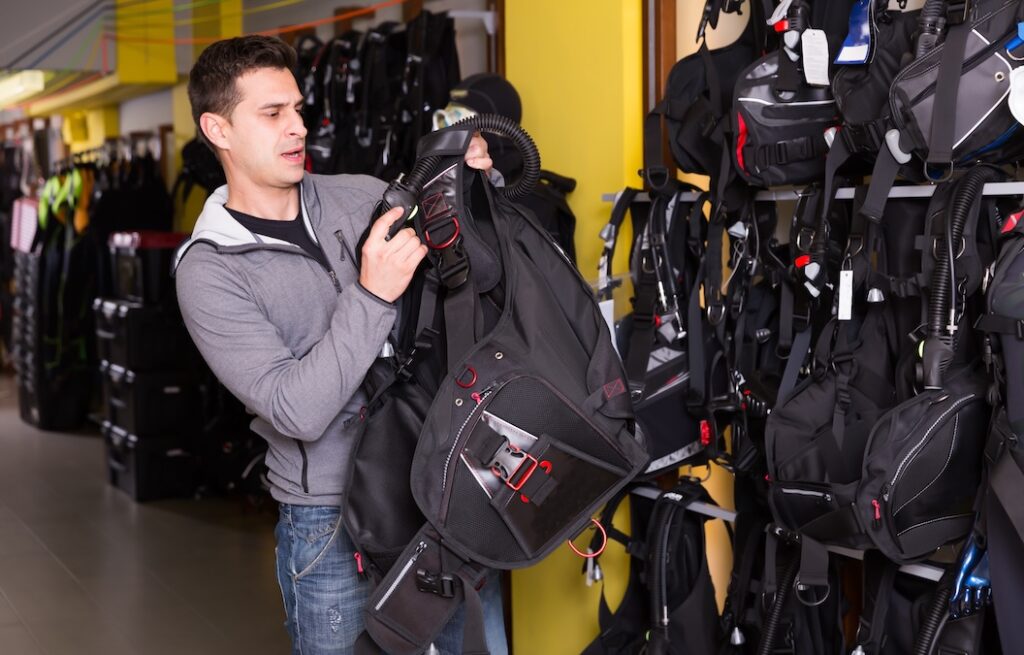
Once you’ve covered the essentials, it’s time to make your kit your own. Comfort is more than just a nice bonus. It’s what lets you stay focused on the dive instead of fiddling with straps or fighting drag.
Fit is the first priority. A BCD that rides up or a mask that leaks will turn a good dive into a frustrating one. Taking the time to try gear in a pool or on a test dive before committing is worth it. Small adjustments, like swapping out stock straps for spring fin straps or choosing a mouthpiece that feels natural, can make a huge difference over time.
From there, it’s about how you like to dive. Some divers prefer a streamlined setup, keeping accessories to a minimum to reduce drag. Others like a modular approach, clipping on reels, slates, torches, and a cutting tool so they’re ready for anything. Neither is right or wrong. It’s about what makes you feel confident and in control.
Accessories are where personality really shows. A brightly colored SMB makes you visible on the surface, while color-coded gear helps avoid mix-ups on busy boats. Some divers even match their kit for photos or to stand out underwater, while others go completely understated.
The beauty of diving is that your kit evolves with you. The more you dive, the clearer it becomes which small upgrades add real value and which just add clutter!
Backup and Redundancy: Planning for the Unexpected
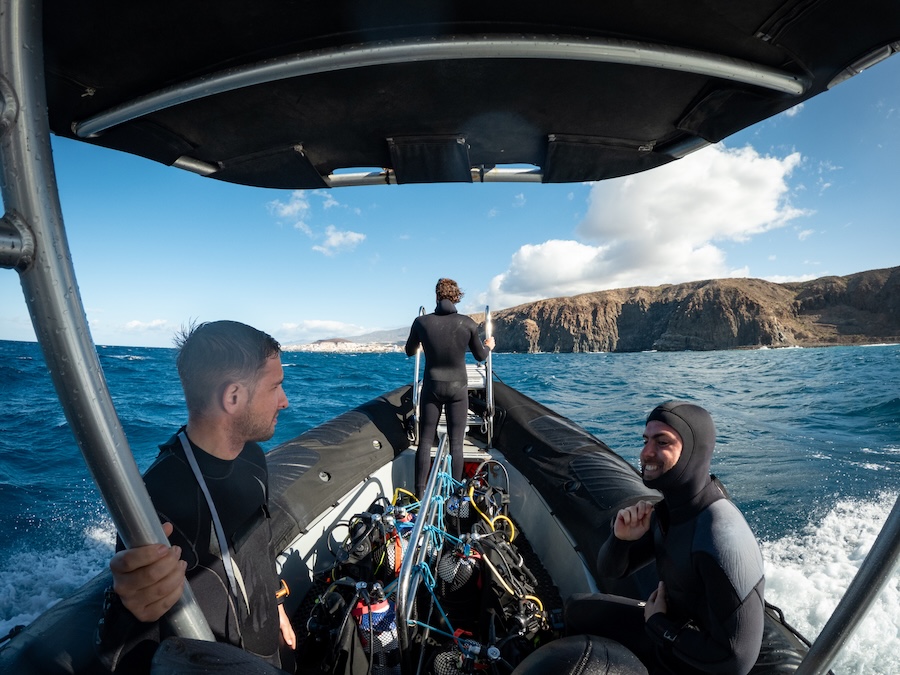
No matter how careful you are with your gear, things can (and will) go wrong. A mask strap snaps, a torch flickers out, or a reel jams when you need it most. Carrying a few backups can turn a potential dive-ender into nothing more than a quick adjustment underwater.
A spare mask is one of the simplest pieces of backup kit you can carry, especially on deeper or overhead dives where surfacing immediately isn’t an option. Tucking it into a pocket means you’re ready if your main one floods or breaks.
The same goes for surface marker buoys (SMBs) and cutting tools. It’s not unusual for experienced divers to carry more than one of each – an SMB for safety stops and another as a true emergency signal, or a small line cutter alongside a more robust dive knife.
Lights are another big one. For night dives or wreck dives, a reliable primary torch is essential, but so is at least one backup. Nothing ruins confidence like being plunged into total darkness because you didn’t have a spare.
For advanced and technical divers, redundant air supply comes into play. Options like pony bottles, stage cylinders, or self-contained spare air systems provide a backup if your main regulator fails. These aren’t necessary for recreational divers, but in certain environments, they’re considered standard.
Then there’s the humble save-a-dive kit – a small pouch of spares and tools that can make the difference between diving and sitting out. You can buy pre-assembled kits, but many divers prefer to build their own so it’s tailored to their gear. Typical items include spare O-rings, mask and fin straps, a mouthpiece, cable ties, silicone grease, a small adjustable spanner, and a multi-tool. It doesn’t take up much space, but it can rescue a dive when something breaks at the last minute. Even something as small as a snapped fin strap can end your day without a quick fix.
The key is balance: carrying what you realistically might need without overloading yourself. A thoughtful approach to redundancy means you’re prepared for problems without sacrificing comfort or mobility.
Keeping Your Kit Organized and Maintained

A great dive kit isn’t just about what you own, but more about how you look after it. Proper organization and maintenance mean your gear lasts longer, performs reliably, and is always ready when you are.
Start with storage. A sturdy dive bag helps keep everything in one place, whether you’re loading it onto a boat or carrying it through an airport. Mesh bags are handy for wet gear after a dive, while padded compartments protect sensitive equipment like regulators and computers. Some divers even keep separate kits packed, one for local diving and one for travel, to make preparation easier.
Pre-dive organization matters too. A simple checklist can prevent the all-too-common “I left my fins at home” scenario. Many divers keep a laminated card with their kit, ticking items off as they pack. It sounds basic, but it’s a habit that saves frustration.
Post-dive care is where most gear either thrives or fails. Rinse everything thoroughly in fresh water to wash away salt, silt, or chlorine. Dry gear out of direct sunlight to avoid UV damage, and make sure regulators and BCDs are fully drained before storage. Exposure suits need a good rinse inside and out, and zips benefit from a little lubricant to keep them running smoothly.
Finally, keep track of servicing. Regulators and dive computers have recommended service intervals, and logging those dates – either on paper or with a simple app – makes it easy to stay on schedule. Neglecting servicing is one of the fastest ways to shorten the life of expensive gear.
Taking the time to organize and maintain your kit is an investment. A well-kept kit lasts longer but also gives you peace of mind every time you roll off the boat.
Evolving With Experience
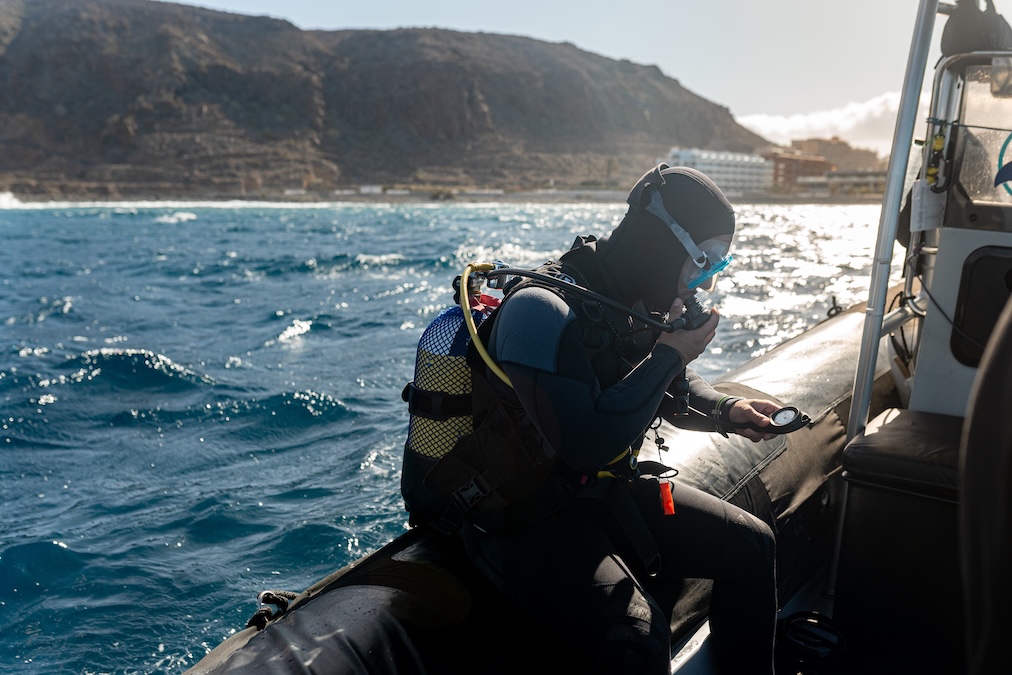
No diver’s kit stays the same forever. The more you dive, the more you learn what works for you, and what doesn’t. Gear that felt perfect as a beginner might feel clunky a few years later, and new environments often call for adjustments.
It’s worth taking the time after a trip to think about what could be improved. Did you feel cold? Maybe it’s time to upgrade exposure protection. Did your BCD feel bulky on a liveaboard? A lighter, travel-friendly option might make packing easier. Even small upgrades, like a more comfortable mouthpiece or better torch, can transform your dives.
The best kit is the one that’s safe, reliable, and comfortable for you. Not necessarily the one with the newest gadgets or the biggest price tag. Building a custom dive kit is about matching your gear to your body, your diving style, and the environments you love to explore. Over time, it becomes an extension of you in the water.
“A save-a-dive kit might be the smallest piece of gear you pack, but it’s the one most likely to rescue your dive.”

